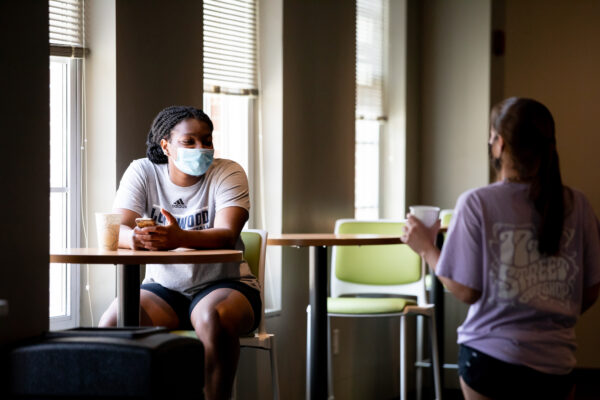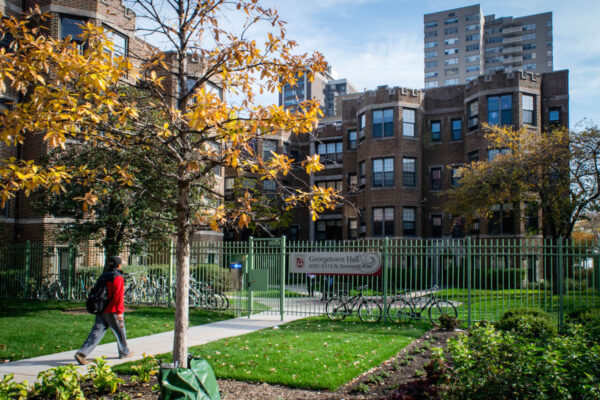The Impact of COVID-19 Higher Education Emergency Relief Funds
Title: Higher Education Emergency Relief Fund: 2021 Annual Performance Report
Authors: U.S. Department of Education; Office of Planning, Evaluation, and Policy Development; and the Office of Postsecondary Education
Source: U.S. Department of Education
Over the course of the COVID-19 pandemic, Congress passed three pieces of legislation that granted a total of $76 million to the Higher Education Emergency Relief Fund (HEERF). The Department of Education recently released a report detailing how this money was spent as well as the impact these funds had on student success and helping colleges and universities stay financially afloat.
Importantly, the report also describes how different types of institutions were able to benefit from HEERF funds, such as historically Black colleges and universities (HBCUs), tribal colleges and universities (TCUs), and minority serving institutions (MSIs). Some of the key findings are summarized below:
HEERF played a key role in keeping students enrolled and helping institutions make up for reduced revenue. Around 90 percent of all institutions reported that the funds they received helped keep students enrolled who were at risk of dropping out. With serious declines in enrollment due to the pandemic, institutions greatly benefited from federal relief.
The report finds that institutions spent $13 billion to make up for lost revenue from lower enrollment levels and reduced numbers of students living on campuses. It should also be noted that institutions spent a significant level of funds (around $1.5 billion) on covering unpaid student balances, which while keeping the institutions financially solvent also allowed many students to continue their college educations.
HEERF assisted students who were Pell Grant recipients. While nearly half of all students at HEERF-eligible institutions received grants, Pell recipients were given more grant funding. The report notes that while around 40 percent of non-Pell recipients received grants, 88 percent of Pell recipients were given awards. Further, non-Pell recipients were given an average of $1,200, compared to Pell recipients who received an average of $2,000.
Under-resourced institutions received significant benefits from HEERF funds. First, students at under-resourced institutions such as HBCUs and TCUs were more likely to receive grant funds. Around 70 percent of students at TCUs and 80 percent of students at HBCUs received HEERF awards. These under-resourced institutions also dispersed more federal dollars to students for a total of $1.4 billion, compared to $319 million spent from higher-resourced institutions.
To read the full report, click here.
—Alexander Cassell
If you have any questions or comments about this blog post, please contact us.


